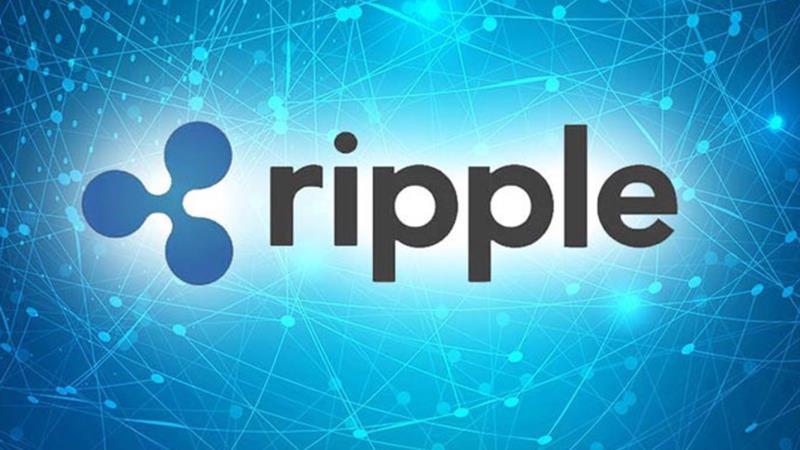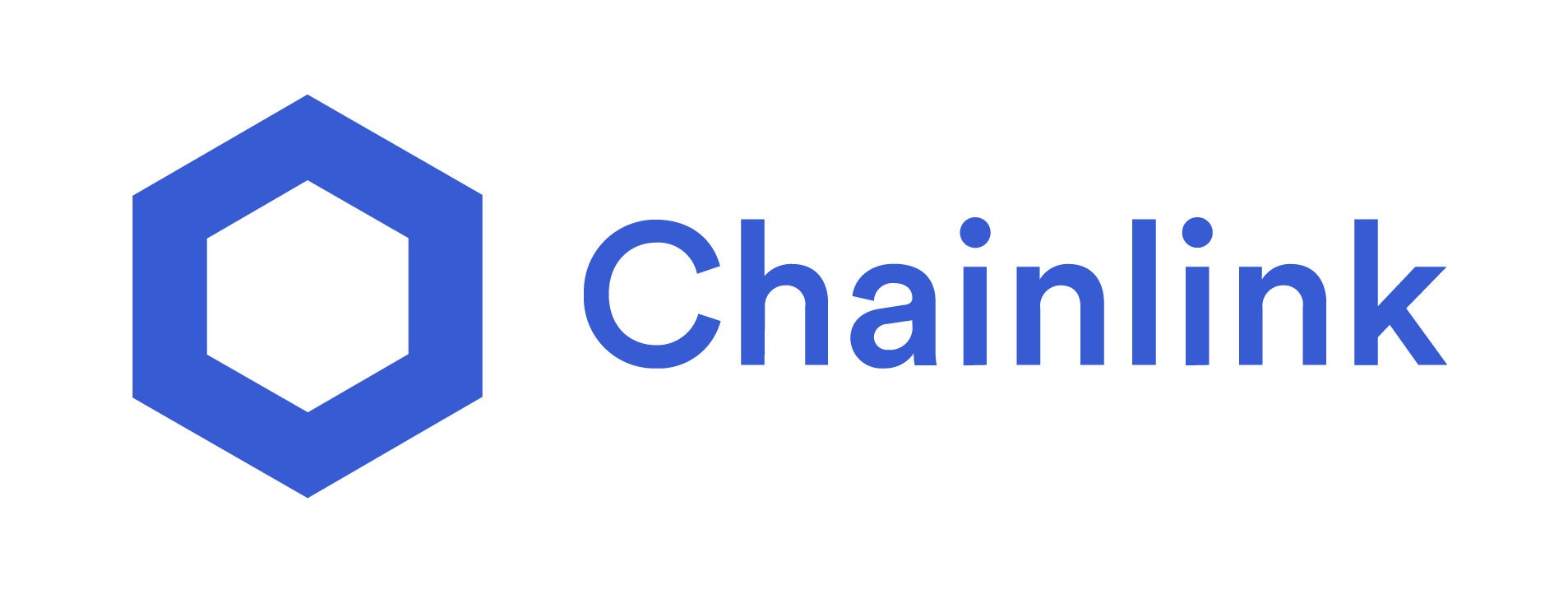Key Takeaways
- IOTA Earns WEF Spotlight: The WEF allocates more than 10% of its TradeTech report to IOTA’s global impact.
- Core Global Infrastructure: Recognized as a backbone for tokenizing trade data and building verifiable decentralized identities.
- Energy-Efficient and Feeless: IOTA’s Tangle network enables scalable, sustainable, and cost-free digital transactions.
The World Economic Forum (WEF) has spotlighted IOTA as one of the foundational technologies driving the future of digital trade and decentralized identity. In its latest whitepaper, “Advancing Digital Trade: Insights from the UAE TradeTech Regulatory Sandbox” (Sept 2025), the WEF dedicates more than 10% of its report to IOTA, underscoring its pivotal role in reshaping how nations and businesses exchange value and verify data globally.
IOTA Recognized as a Global Digital Infrastructure
The WEF describes IOTA as a core infrastructure for tokenizing trade data and building verifiable digital identities (DIDs) — a crucial step toward frictionless, transparent, and secure global commerce. The whitepaper praises IOTA’s energy efficiency, scalability, and data sovereignty, emphasizing its ability to connect governments, banks, and SMEs without intermediaries.
Also Read: What Is IOTA (MIOTA)? The Cryptocurrency Powering the Internet of Things
In contrast to traditional blockchain systems, IOTA’s Tangle technology instead operates on a feeless, lightweight distributed ledger; as a result, it enables seamless machine-to-machine and cross-border transactions. This makes it a powerful enabler for TradeTech innovation, where digital trust and automation are vital.
A New Era for TradeTech and Digital Identity
By positioning IOTA at the center of the global TradeTech ecosystem, the WEF acknowledges its potential as a technological backbone for international data exchange and identity verification. The recognition not only validates IOTA’s years of development in DLT but also signals its readiness to underpin the next generation of decentralized trade frameworks.
This move aligns with global trends toward data sovereignty, where nations and enterprises seek control over information while maintaining interoperability and compliance across digital systems.
Why This Matters for the Future of Global Trade
IOTA’s inclusion in the WEF’s whitepaper signifies a shift in how digital trade will operate — from fragmented, manual systems to automated, verifiable, and trusted networks. As governments and corporations adopt decentralized identity (DID) frameworks, IOTA’s technology could serve as the bridge that unites public and private ecosystems worldwide.
For the IOTA community and the broader Web3 sector, this represents more than recognition — it’s a validation of IOTA’s real-world utility and long-term strategic value in the digital economy.




